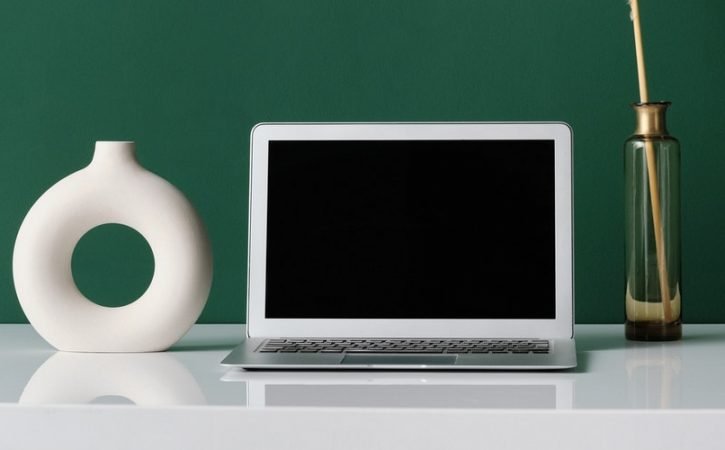
Designing Digital Pieces for Digital Presses
Designers value the litheness of digital presses that let them print shorter four-color runs. But choices of paper and preparation of files require special care.
This is why designers are taking advantage of the versatility of digital printing more than ever.
The ability to print four-color on shorter print runs gives them an imaginative freedom their budget might not have allowed on offset presses. As more digital papers enter the market and more print options become accessible, there are more things to consider.
You can choose any paper that the printing company guarantees will work with their digital press for the type of job you want to print. Each digital press manufacturer evaluates and recommends paper selections (coated and uncoated) for their line of equipment.
Some printing companies experiment and are willing to guarantee work done on papers they recommend, in addition to the papers the vendors recommend.
One of the most significant tips for designing an efficient, artistic, high-quality, and cost-efficient variable data piece is to bring all parties involved in the project together from the start. You have to discuss first what components of the piece are variable — is it text, graphics, images, or all three.
Also, the number, size, and location of the variable data fields should be clarified. These measures will aid define the production resources required and the type of digital color press and variable data system that can be used.
A point to remember when designing for variable date printing is to resist the temptation to over personalize and over design. Do not show off. Each element should have an unyielding purpose underneath the marketing strategy behind the piece.
Well designed variable data projects are transparent to the receiver. The goal is not to impress the receiver of the marketing piece with what the technology can do; rather, it is to get the recipient to act and buy something.
Most digital presses convert Pantone colors to their CMYK equivalents and print them that way. Some will allow you to specify the conversion formula yourself or tolerate the press operator to do so. Since Pantone-to-CMYK conversion is also a technique used for offset printing, you may have no problem with the print quality of a converted color.
The print resolution of digital presses is improving constantly, so you might be more anxious about how well people can read, the type rather than how well the press can image it. Type sizes of 10 and 12 point, the usual size of body text, will be fine. Avoid using type smaller than four points.
What resolution to use, in the capture or scan of a photographic image, is one of the most bewildering specifications in the graphic arts because scanning equipment and imaging equipment have evolved over the years?
Some printers and graphic artists are still using standards that were applicable years ago with older equipment, but are now passé.
Combining offset with digital printing sounds like an exact science, and in fact, each application needs to be run like an experiment.
Sound scientific procedure calls for controlling all of the variables, and in this print application, it’s fundamental for consistent success. If you’re doing strictly black-and-white variable information, and already have offset equipment available, then combining digital printing with lithography makes a lot of sense.
- SHARES






